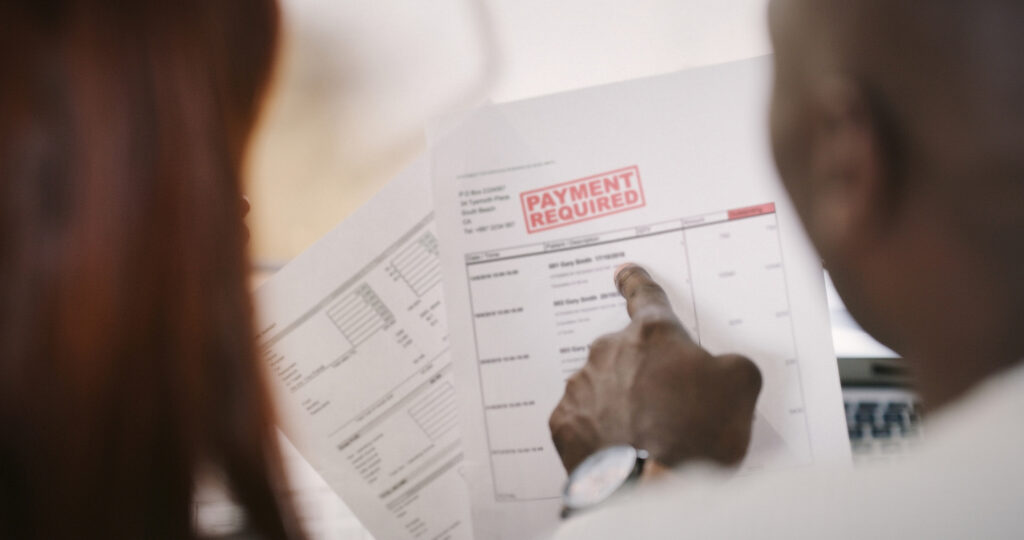GNAT and Company Limited and China Tang London Limited -vs- West Lake East Limited and Honglu Gu [2022] EWHC 319 (IPEC)
A judgment has been handed down in relation to a trade mark dispute between the up-market “China Tang” restaurant (located at the 5-star Dorchester Hotel) and a Chinese takeaway, also called “China Tang”, in Barrow-in-Furness. According to the evidence in the case, the former provides high-end Cantonese meals to celebrities like Kate Moss, Tony Blair and Naomi Campbell, whereas the Defendant’s business provides Chinese fast food “more tailored to the British taste”.
The decision is of interest as it provides food for thought on various trade mark issues including comparison of logo trade marks, assessing reputation, and the ability to rely on honest concurrent use as a defence.
The Trade Mark
The restaurant’s trade mark consists of a logo containing the words CHINA TANG in a stylized font.
After an agreed deletion of self-service restaurants following a non-use challenge, the Trade Mark is registered for the following services in Class 43:
Restaurant services; cocktail lounge services; bars; cafes; catering services; snack bars; mobile catering services; cafeterias; tea houses.
This does not therefore include takeaways but does include other types of food and restaurant related services.
A likelihood of confusion with the Defendant?
In order for there to be infringement under section 10(2) of the Trade Marks Act 1994, there must be a likelihood of confusion between the Trade Mark and the Defendant’s own “China Tang” sign.
When comparing the services covered by the trade mark and the use made by the Defendant, the Judge concluded that while there was not an exact overlap, takeaway services are very similar to those in the Trade Mark’s specification, particularly “restaurant services”.
When comparing the marks, the Judge found that the dominant and distinctive element of the Trade Mark consists of the words “China Tang”, despite the stylization of the words and the border design within the logo, and that this wording element is identical aurally to the Defendant’s sign, and is visually similar.
As a result of these similarities, the Judge found that there was a likelihood of confusion, and so infringement under s.10(2).
Unfair advantage or detriment to the distinctive character or the repute of the trade mark?
The trade mark proprietor also argued that there was infringement under section 10(3) of the TMA, which requires the proprietor to show that the trade mark has a reputation, and that the Defendant’s use either takes unfair advantage of, or is detrimental to, the distinctive character or the repute of the trade mark.
The overall test for showing a reputation here was whether the Trade Mark was known by a significant part of the UK public concerned with restaurant services. The Judge found that the Trade Mark did not meet this requirement when assessed on an economic basis, as the market share of that one restaurant was “tiny”, and that the sums spent in marketing the restaurant were “very small”, both when assessed in the context of the restaurant market of the UK as a whole. This is despite significant turnover for one restaurant of between 5 and 6 million pounds per year, and the business being recipient of multiple awards and press coverage.
Similarly, the Judge found nothing in support of the suggestion that the reputation of the trade mark is clearly being exploited, or that there was a change (or likelihood of change) in the economic behaviour of the average consumer consequent on the use of Defendant’s sign to establish detriment. The claim therefore failed on this ground.
Honest Concurrent Use
The Defendant sought to rely on the defence of honest concurrent use, arguing that it had started trading in 2009 and was not aware of the Claimant, and that there had been co-existence in the 12 years since then.
The Judge however concluded that the Defendant ought to have been aware of the Claimant’s existence, for example as a result of undertaking a trade mark or internet search prior to opening in 2009. He saw no reason to distinguish between the sizes of businesses in terms of who should be expected to undertake such a search, noting that “a public register of other parties’ rights is there to be consulted, in part so that those rights may be respected.”
While expressing some sympathy for the Defendant, the Judge added that had the owner conducted even a basic internet search for “China Tang”, he would likely have found the Claimants’ website and/or reviews and commentary about it. Honest practices would then have required him to obtain legal advice about the intended trading name for his business.
Points to Takeaway
- The power of a trade mark – here a registered trade mark for a logo incorporating the trading name was successfully used against a company trading using a different logo (albeit containing the same words). That other company here may not even be seen as direct competition to the trade mark proprietor, as there was unlikely to be an overlap between the customers of a high-end restaurant and a local takeaway. Nevertheless, the Judge found a likelihood of confusion on the part of the public.
- Difficulties establishing “reputation” – If relying on infringement under section 10(3), a trade mark proprietor will need to show reputation across the UK, not just locally (e.g. in London). This may require significant revenue in the relevant goods/services market concerned, and expenditure on marketing comparative to other operators within that market. This may restrict the potential use of section 10(3) to only the largest brands in any relevant market. The proprietor will also need to have real reasons/evidence to suggest an unfair advantage or detriment, rather than “mere suppositions” as put forward by the Claimant in this case.
- A very narrow honest concurrent use defence? The Judge indicated that even where the Defendant is a small, single location business, it is expected to have undertaken trade mark and/or internet searches for competitors using the same or similar brand names prior to deciding on its own brand name. The benefits of instructing an IP professional to undertake such a clearance search are therefore clear for any sized business. Indeed the Judge commented that: “setting up even the smallest business is likely to require competent legal advice on a variety of matters and that should include the trading name.” Instances where this defence may successfully be raised are arguably now going to be rare, particularly now it may be said that all new businesses will have access to the internet to undertake searches themselves as a minimum starting point.







